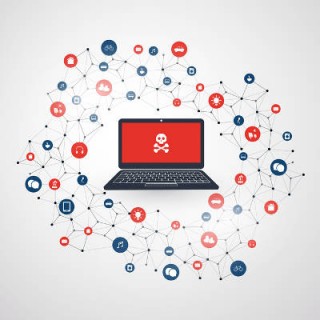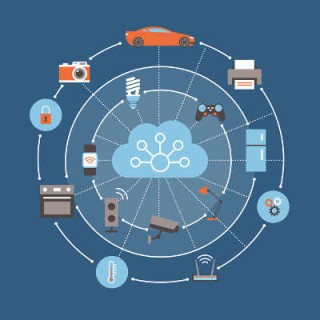The Internet of Things is constantly changing and evolving, but this also means that it might be growing a bit too fast for its own good. So many devices these days have connectivity that it’s difficult to keep your business secure from them. We’ll discuss whether or not the Internet of Things is outpacing the efforts of security organizations and businesses, as well as what you can do to make sure that your business doesn’t fall victim to it.
It’s not unheard of for Internet of Things devices to cause security concerns--particularly in the wake of devastating Distributed Denial of Service (DDoS) attacks orchestrated through the use of countless hacked devices. We can use the relatively recent DDoS attack on Dyn, a well-known domain name provider, as a prime example of this. The devices used to initiate this attack were infected with a malware variant called “Mirai,” and it created a massive botnet that was used to bring down the websites of some of the biggest technology companies out there--specifically, those who relied on Dyn’s services in order to be active.
The basic idea behind the fear (and now reality) mobile device botnet is that millions of devices will create an infected network that can bring about a massive attack. This attack can target something with a ridiculous amount of traffic that can bring down naught but the mightiest networks. The Mirai botnet itself targeted devices by using their default passwords. Many users don’t change the default passwords, making this a viable tactic.
When you think about it, this development isn’t nearly as far-fetched as it might seem. When so many devices are being used in a connected fashion, it’s only natural that some either won’t be properly secured, or will be infected with malware that can do the bidding of external threats. There is a direct correlation between the increase in connected devices and the number of potential threats out there. The most unnerving part of the Internet of Things and security shortcomings is the fact that so many devices are connected--many of which were never connected before, including automobiles, home appliances, and so much more. How can you protect your business with such a crushing force waiting to be launched at any moment?
It all starts by implementing basic security best practices. If you have any mobile or connected devices in your office, it’s best that you change the password (definitely don’t leave it at the default password). Furthermore, any devices on your network should be comprehensively protected by a mobile device management solution that’s designed to protect any devices that have access to company data.
To learn more, reach out to us at 800.394.2301.




